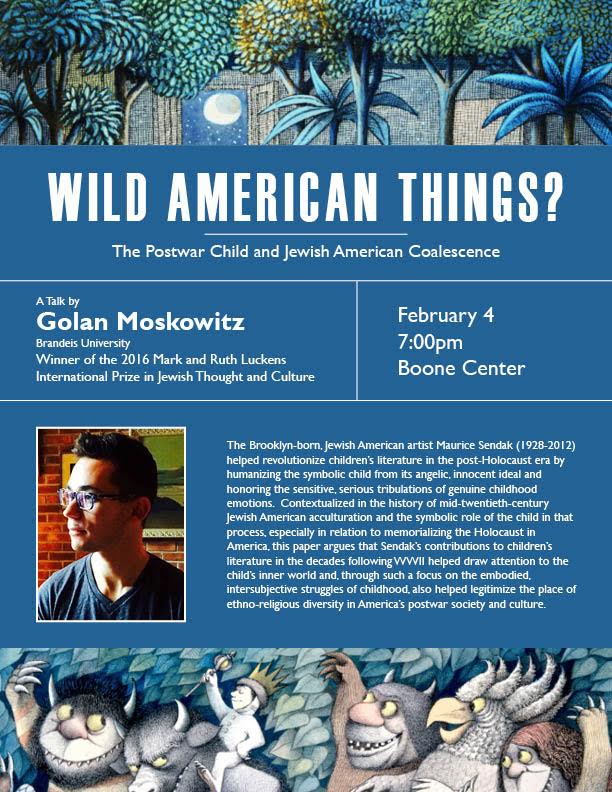Re-Wire - Board Game Night!
Bring your competitive spirit, and come play board games with Wired faculty directors, peer mentors, and students!!
Bring your competitive spirit, and come play board games with Wired faculty directors, peer mentors, and students!!
Come find out how you can utilize Presentation U here at UK to help you be a more successful student!
Come join in the fun activity of making Valentines that we will give away to a Charity!
We hope to see you there!!
Dr. Xiao-Dong Xiang is an alumnus from our dept (PhD 1989) who has had two successful start-up companies. The first, Intematix, originated as a company which synthesized and characterized new materials of commercial interest, and has continued to develop as a company making new phosphors for lighting. The second company, E-Cube Energy, is researching solar power plants and has a prototype operation in China. The Thursday talk will be an INFORMAL discussion of his solar power plant as well his experience in setting up these companies. Students are especially encouraged to come.
Twenty years ago, the Material Chip's invention allowed 10^3-10^4 materials with different compositions to be synthesized under the same conditions and characterized for physical properties in one experiment. Ten years ago, the development of the Materials Phase Diagram Chip allowed ternary phase diagrams at a constant synthesis temperature to be mapped in one experiment. Today, a complete phase diagram (a 3D contour with a 2D composition map and a temperature axis) can be mapped in one experiment with a single Materials Phase Diagram Chip, increasing the efficiency of phase diagram mapping by million-fold. The physics and implications of these chips will be discussed.
Refreshments will be served in CP 179 at 3:15 PM

Galaxies form and evolve within hierachically growing dark matter halos. While halo formation is simple, galaxy formation within halos has proven to be a very hard problem to understand. I will discuss how we use the stellar mass function, measures of the star formation rate, and measures of the merger rate to attempt to construct a picture of the mass assembly of galaxies. I will also discuss how the shape of the stellar mass function provides insight into the processes that shape galaxies, such as feedback, accretion, and merging; and how a relation between stellar mass and halo mass can be arrived at and what we can learn from it.
I will present methods for calculating correlation functions in a conjectured field theory dual to Horava gravity. We will focus on the hydrodynamic limit of the energy-momentum and charge transport channels that describe momentum and charge diffusion.
The Hobby-Eberly Telescope Dark Energy Experiment (HETDEX) will outfit the 10 m HET with an array of 150 integral-field fiber-coupled spectrographs covering 3500-5500A ̊ at ∼ 5A ̊ resolution. These are fed by 75 450-fiber IFUs distributed on a grid within a 20 arcmin field. This instrument, called VIRUS (Hill et al., 2014), will survey a 420 deg2 field in 3 years starting 2015. We will detect 0.8 million Lyman-α emitting (LAE) galaxies at 1.9 < z < 3.5 and more than one million [OII]-emitting galaxies at z < 0.5. The 3-D map of LAEs in a 9 Gpc3 volume will be used to measure the expansion history and the growth of structure at an early epoch (z ∼ 3). HETDEX is designed to provide a 3σ direct detection of dark energy at z ∼ 3 (for w = −1). HETDEX will constrain the evolution of dark energy and will also provide 0.1%-level accuracy on the curvature of the Universe, ten times better than current measurements; HETDEX will also provide competitive constraints on the total neutrino mass and on inflation models.
Refreshments will be served in CP 179 at 3:15 PM